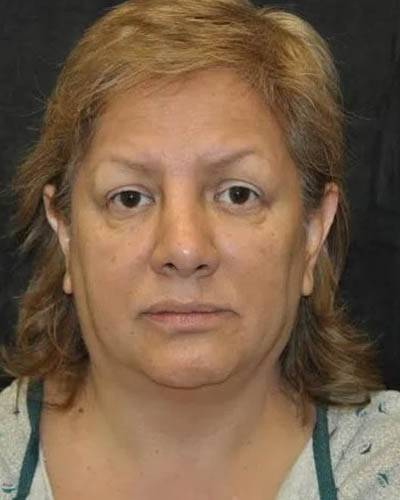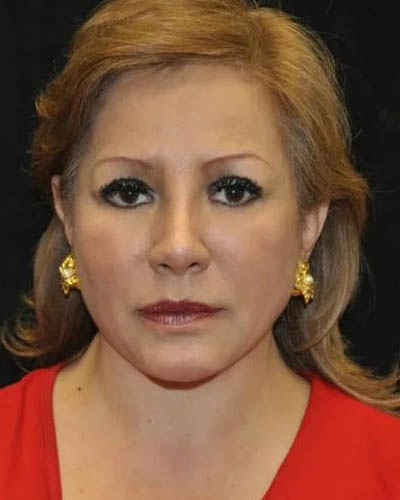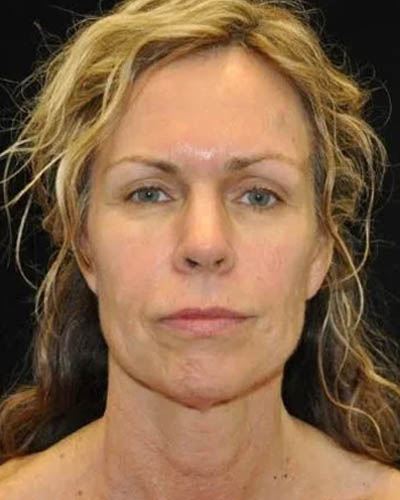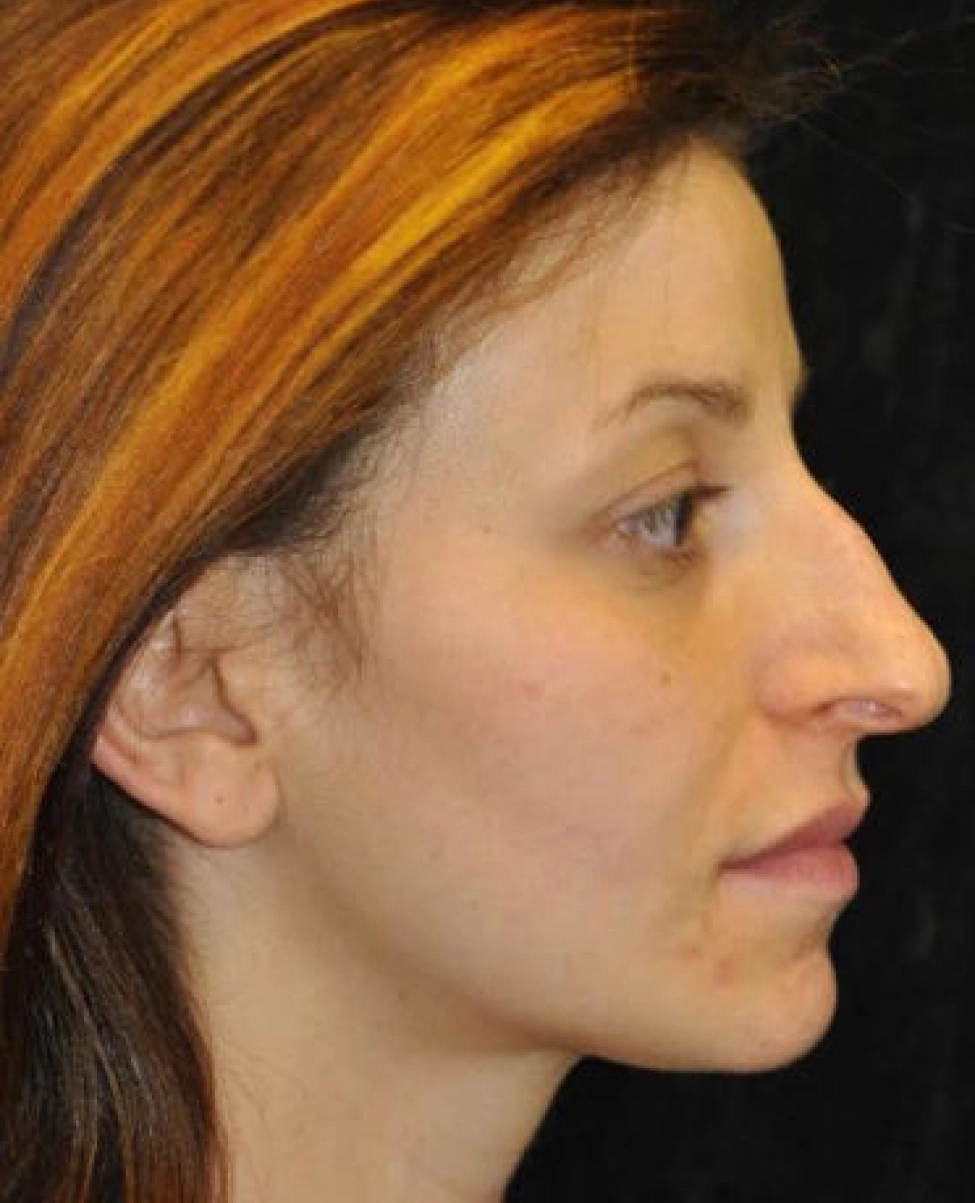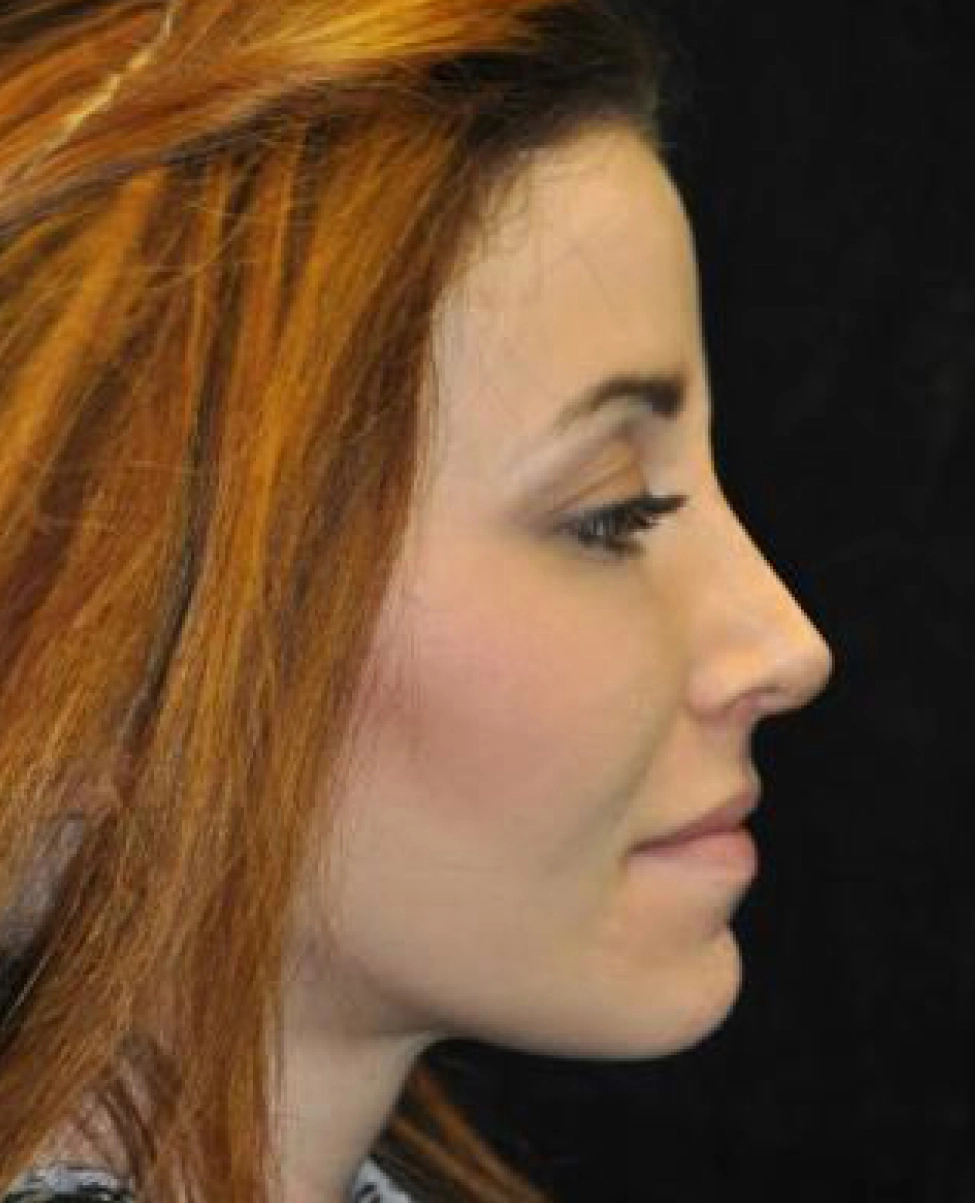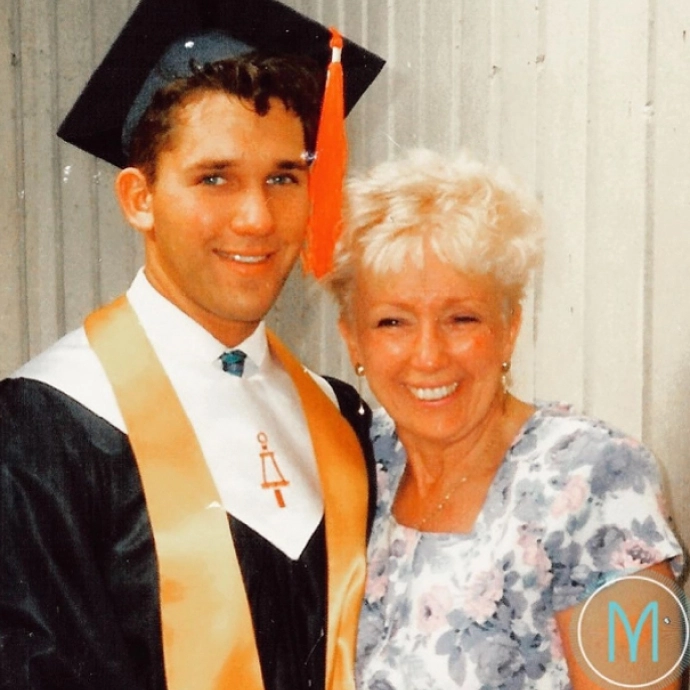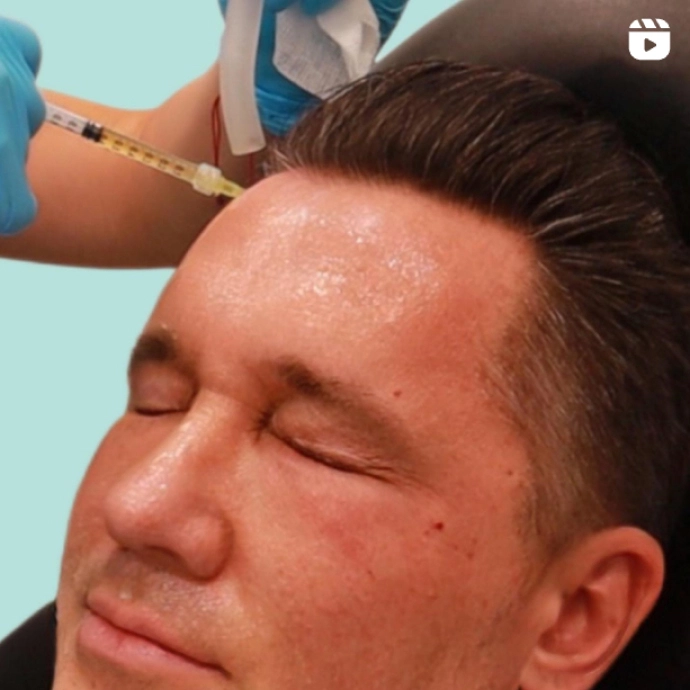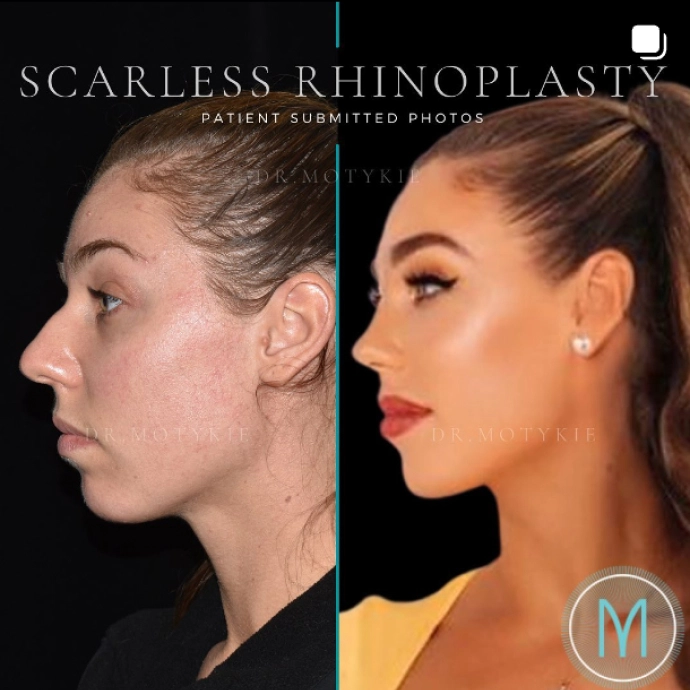- Face
- Breast
- Body
- Injectables
- Skin
- Celluma Led Light Therapy
- Chemical Peels
- Hydrafacial
- IPL Photofacial
- Laser Hair Removal
- Laser Skin Resurfacing (Laser Genesis)
- Medical Grade Facials
- Morpheus8
- Microneedling
- PRFM / PRP (EZ Gel)
- RF BTL Exilis
- Spider Veins & Vascular Leisons+ (ExcelV)
- Sun & Brown Spot Removal
- Stem Cell Facelift
- Thread Lifts
- Anti-Aging
- Hair
- About
- Locations
- Gallery
- Resources
- Consultation
 Rhinoplasty is one of the top five plastic surgery procedures in the US today. Many ethnic patients, including Asians, seek rhinoplasty to improve their nose shape and function. Asian rhinoplasty requires a careful understanding of the facial anatomy of an average person of Asian origin, and nasal characteristics that are unique to Asians.
Rhinoplasty is one of the top five plastic surgery procedures in the US today. Many ethnic patients, including Asians, seek rhinoplasty to improve their nose shape and function. Asian rhinoplasty requires a careful understanding of the facial anatomy of an average person of Asian origin, and nasal characteristics that are unique to Asians.
Dr. Gary Motykie is a leading cosmetic surgeon for Asian rhinoplasty. Dr. Motykie will evaluate the specific anatomical and aesthetic needs of the patient and prepare a customized surgical plan. His approach is to create results that are holistic and aesthetically superior at the same time. Dr. Motykie provides Asian rhinplasty to patients of Asian origin in Beverly Hills, West Hollywood, Los Angeles, and surrounding communities.
Differentiating from Caucasian Rhinoplasty
Asian nose reshaping plastic surgery will usually involve building up of the nasal bridge and nasal tip to make them appear larger or more proportionate to the rest of the nose. At the same time, it is important to ensure that the Asian face is not mismatched with a larger Caucasian nose. This is a common mistake that a surgeon may make, if they do not have sufficient experience in Asian rhinoplasty.
Furthermore, the surgeon should be aware of the distinctive features of the Asian nasal structure, and choose the appropriate surgical techniques. Many of the techniques commonly used in Caucasian rhinoplasty will not work in case of Asian nose surgery.
Use of Nasal Implants
Asian patients may commonly need enlargement of the nasal bridge. This should ideally be done with a silicone implant, which is laid on the top of the nasal bone. The implant will be custom-shaped to match with the patient’s unique bone structure. Implantation will usually have the effect of narrowing the nose, and the surgeon can avoid reshaping of the nasal bones.
While customizing the silicone implant, the Asian nasal bridge should begin around the level of the eyelashes or a little lower, giving a tiny break between the forehead and the starting point of the bridge. If the break is missed, the nose may appear more “Greek” in look, which will be incompatible with an Asian face. Donor bone should not be used for Asian rhinoplasty because it is bulky and difficult to shape perfectly.
Building the Nasal Tip
Asians typically have a weaker cartilage in the nasal tip area. Therefore, it may not be a good idea to refine or project the tip as in case of Caucasian rhinoplasty. Dr. Motykie recommends that the tip structure should be supported with additional cartilage from the septum or the ear.
This cartilage can be used to reinforce and project the nasal tip upward.
Narrowing the Nostrils
Patients of Northern Asian origin usually do not require narrowing of the nostrils. However, many Southern Asians are likely to need this procedure. When the surgeon performs the narrowing, they should maintain the outside curvature of the nostrils in order to avoid a ‘plastered-on’ appearance.
Click here for Virtual Consultation
To see more services and treatments provided by Plastic Surgeon, Dr. Motykie in Beverly Hills | Los Angeles and his team please visit:
